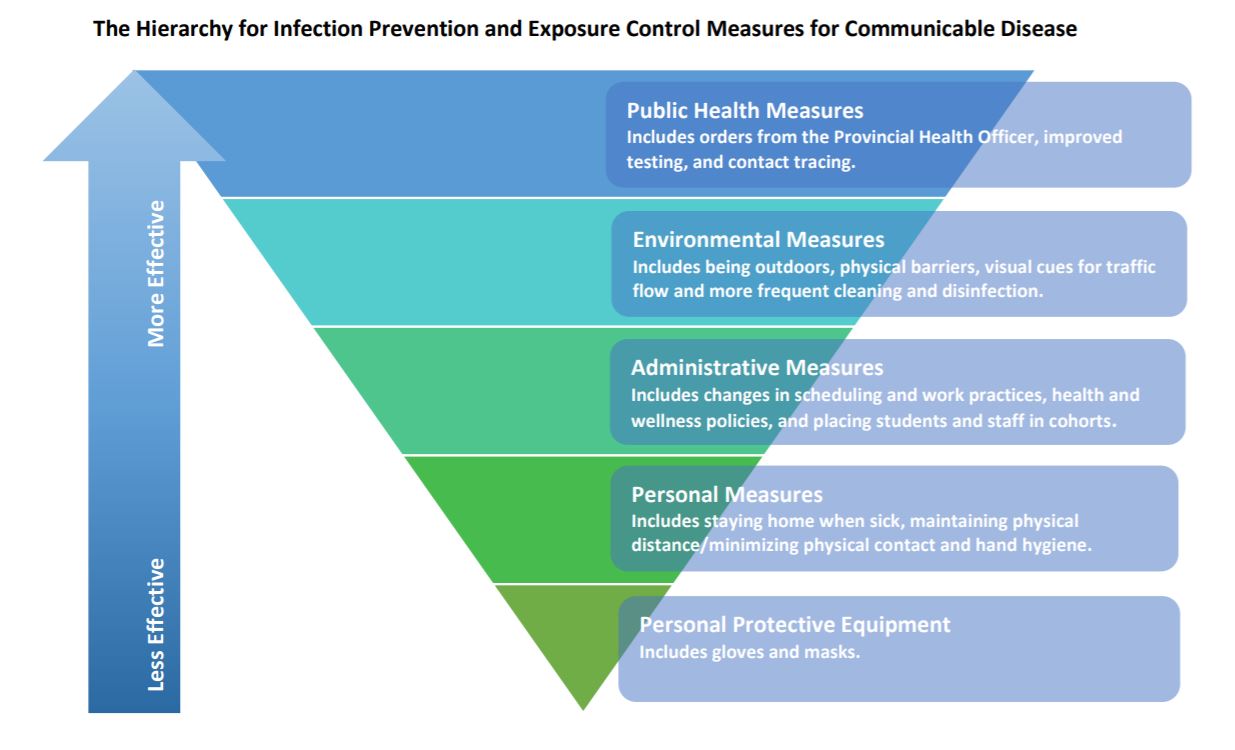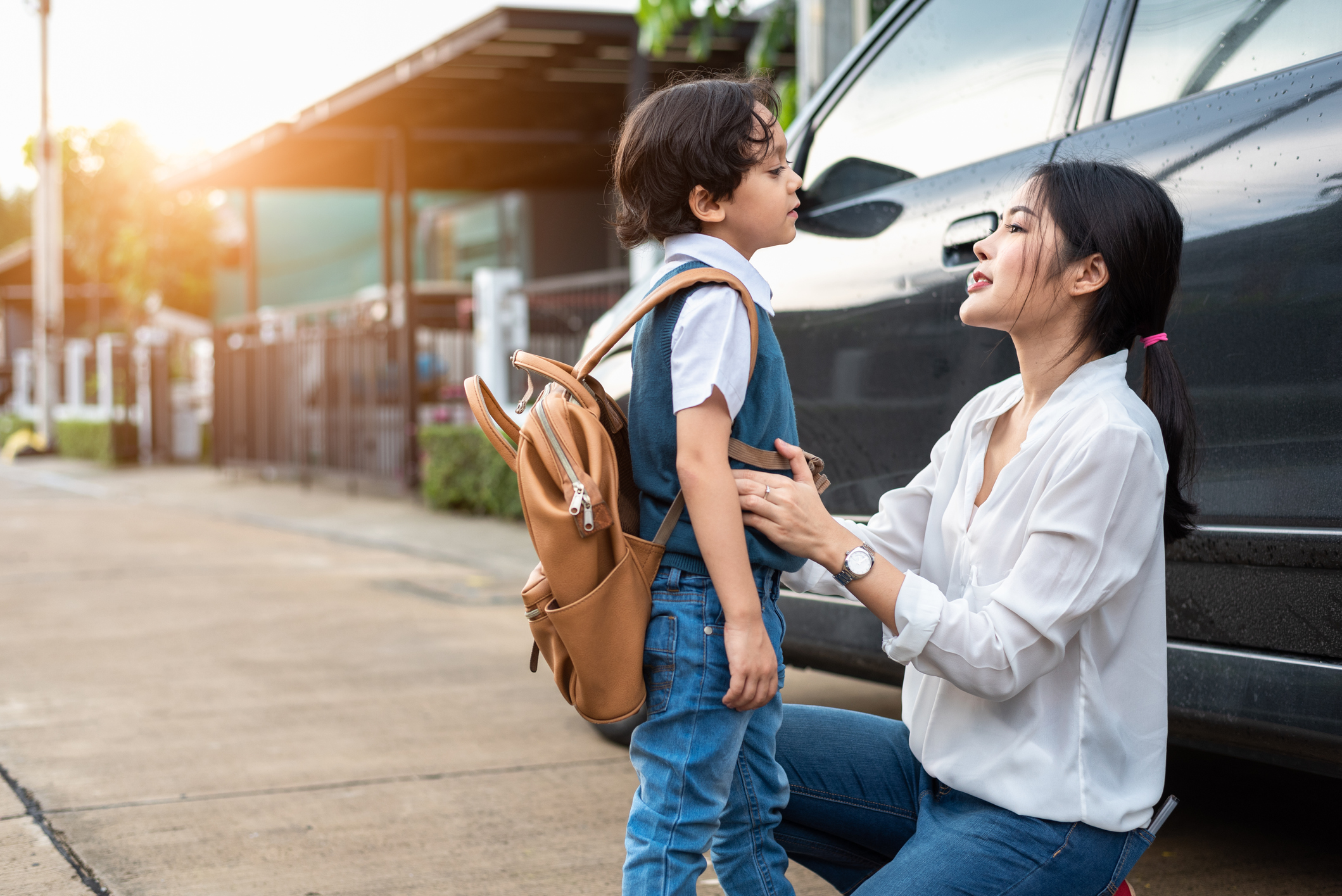BC Children’s Hospital Pediatric Infectious Diseases Specialist Dr. Laura Sauvé says, this year, back-to-school prep will be a little different.
“Children may be outside more this year, so kids should be dressed for the weather,” says Sauvé. “That includes clothes and shoes they can do up themselves because teachers may not be able to help them, while maintaining a physical distance.”
A hat and sunscreen for hot days are crucial. And when it rains or snows, children should leave the house with the appropriate coats and boots.
Teaching children to wash their hands frequently – and especially before eating and after using the bathroom – is always important, but even more so this year. We also have to help them remember not to touch their face, unless they use a tissue. Parents may want to send hand sanitizer and facial tissues with their children to school.
“If hands look dirty, hand washing with soap and water is best,” says Sauvé. “Otherwise hand sanitizer can be used. Younger children may not remember to hand sanitize, but maybe they could eat their lunch with an older sibling who could be in charge of this. Schools may also have their own rules around hand sanitizer use.”
For lunch, a healthy snack and water bottle will work. Keep in mind, some water fountains may be shut off during the pandemic so filling water bottles at home before school may be required.
“A nutritious lunch is always part of staying healthy and food sharing should be avoided,” says Sauvé.
If children feel sick, please make sure they stay home. By implementing a combination of measures at each level, the risk of COVID-19 is substantially reduced.

Source: BC Centre for Disease Control COVID-19 Public Health Guidance for K-12 School Settings
While the Ministry of Education and Public Health guidance is using cohorts to lessen the pressure to physically distance, for kids outside their cohort, it can be challenging to teach children to keep two metres from others.
“They can take small steps back or be ready to say something they are comfortable with, like, ‘please don’t come that close’ or ‘I think we need to stay further apart,’” says Sauvé.
“Help children understand that by doing these things, they can help keep everyone safe.”
Depending on their school and their age, some children will need to wear a mask. If they do, having at least two masks could be handy (changed half-way through the day when the first gets damp or dirty).

Parents should follow their local public health authority and school recommendations. In BC, masks are recommended for ages 10 and up when children can’t maintain a one or two-metre distance from others, like in halls or on school buses.
“A teen going to public high school will likely need a mask for moving through crowded hallways, whereas a child in a small kindergarten class is less likely to need one, unless they need to take the bus.
“It can be hard to get used to because they should not touch their mask or their face,” says Sauvé. “Wearing a mask can be practiced with the family before school starts. If the child touches the mask too much, it might not help prevent infection for that child.”
Another part of preparing will be helping children understand that no one should be shamed or judged if they can't wear a mask.
“We don't always know why someone isn't wearing a mask.”
As for gloves, face shields or goggles, Sauvé says they are appropriate for health-care workers, but not for children.
“I don’t think gloves, goggles or face shields are needed,” Sauvé says. “They could be a hassle and in the playground setting, they could be a safety hazard.”
For information on easing back-to-school anxiety, please see “Setting the stage for a successful return to school” in this BC Children’s article.
For Public Health Guidance for K-12 Schools, visit the BC Centre for Disease Control PDF and website.
